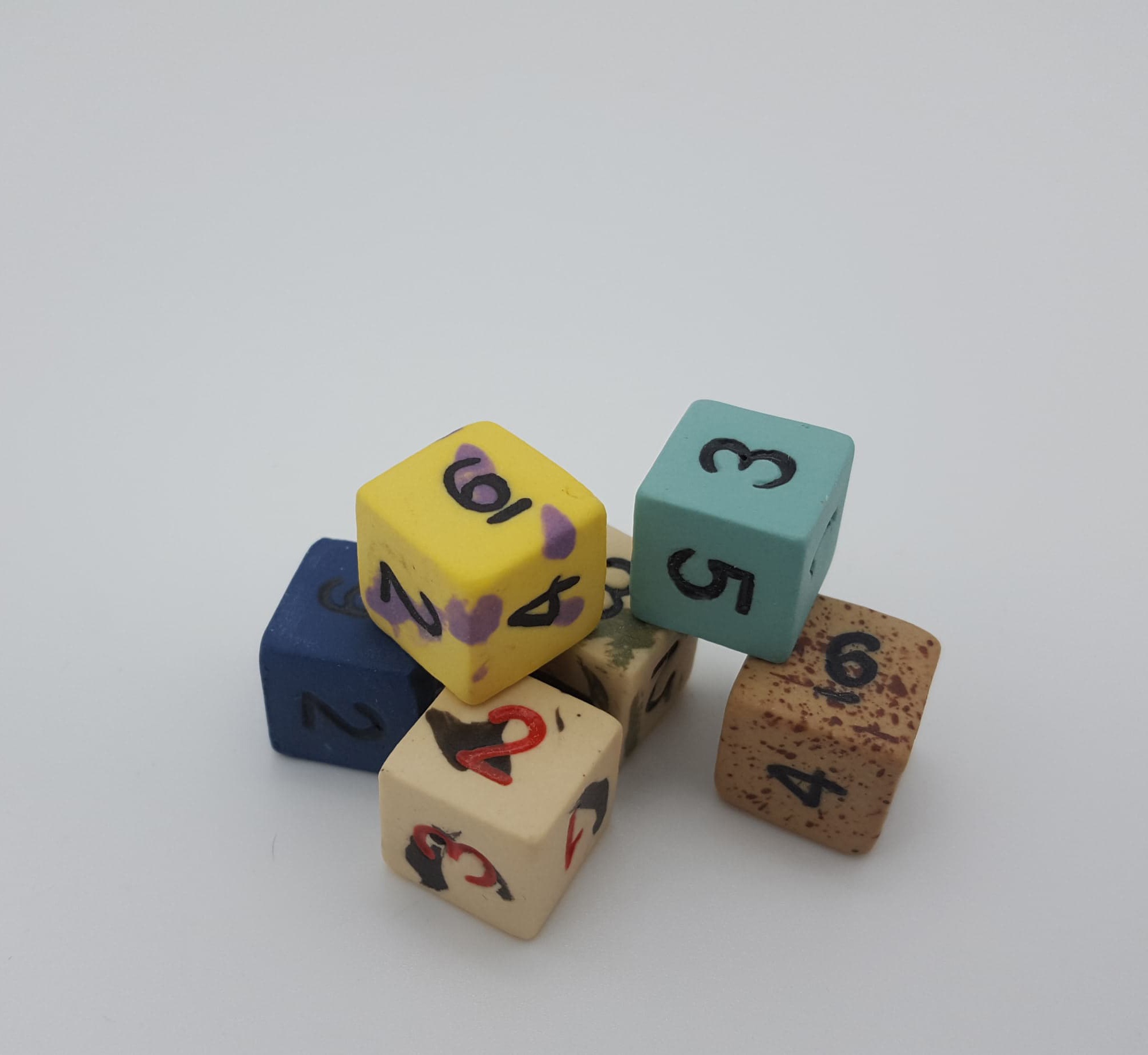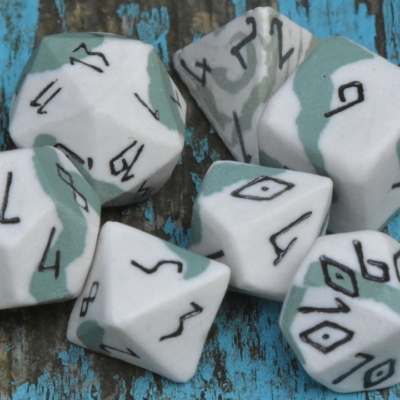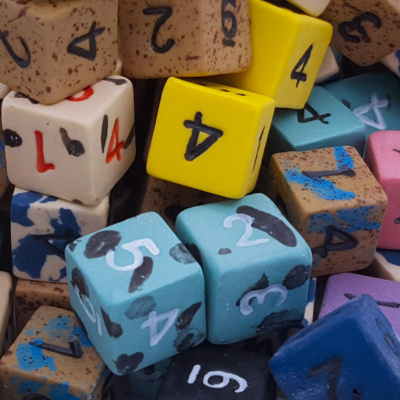How to Build Dynamic Encounters for Your Gnome Cleric in D&D 5E
Creating dynamic encounters in Dungeons & Dragons can transform a good game into an unforgettable adventure. When playing as a gnome cleric in D&D 5E, understanding the nuances of encounter building is crucial for both dungeon masters (DMs) and players. Whether you are new to tabletop role-playing games or an experienced adventurer, this guide offers valuable tips and tricks to enhance your gaming experience.
Understanding Your Gnome Cleric
The first step in crafting dynamic encounters is to understand the unique characteristics of your character. Gnomes are known for their intelligence and wisdom, making them excellent clerics who wield divine magic. As a cleric, your role often includes healing allies, supporting with spells, and smiting enemies with holy power.
Tip for Beginners:
Focus on learning the core abilities of your gnome cleric, such as Channel Divinity, which allows you to harness divine energy for various effects. This can be pivotal during encounters.
Crafting Engaging Scenarios
Dynamic encounters should challenge players while keeping them engaged through storytelling and strategic gameplay.
- Pacing: Balance combat-heavy sessions with role-playing opportunities to allow character development and plot progression.
- Diversity: Mix different types of monsters and settings. Incorporate environmental hazards or puzzles that require creative problem-solving from the party.
Using Dice Effectively
Dice play a crucial role in determining outcomes during encounters. The Assorted 6d6 Ceramic Dice Set offers not only aesthetic appeal but also practicality during gameplay. With precise rolls, these dice enhance the experience by adding an element of surprise and fairness.
For instance, rolling dice for damage calculations or skill checks keeps players on their toes, making every decision impactful.
Mastering dynamic encounters in Dungeons & Dragons (D&D) requires a deep understanding of your character’s strengths and weaknesses. For players choosing a gnome cleric in D&D 5E, this means leveraging their wisdom and intelligence attributes. Gnomes are naturally inclined towards roles that require smarts and intuition, making them perfect for the cleric class. As a gnome cleric, you have access to divine magic which you can use to heal your allies, support your team with powerful spells, and strike down your enemies with divine wrath. For beginners, it’s crucial to familiarize yourself with key abilities such as Channel Divinity, which allows you to harness and channel divine energy in various ways, often turning the tide in challenging encounters.
Creating engaging scenarios is at the heart of dynamic encounter design. The best encounters not only challenge the players but also captivate them with compelling storytelling and strategic decision-making. To achieve this, maintain a good balance between combat and role-play scenarios to allow for character development and plot advancement. Don’t shy away from diversity in your encounters. Vary your monsters, settings, and even incorporate environmental hazards or puzzles that require clever solutions from the party. This keeps the game unpredictable and encourages creative thinking from the players.
Dice are an integral part of D&D and play a vital role in shaping encounters. The Assorted 6d6 Ceramic Dice Set not only adds aesthetic value to your game but also ensures fairness and suspense in gameplay. Rolling dice for damage calculations or skill checks adds an element of unpredictability. Every roll could mean the difference between success and failure, making each decision in the game consequential and exciting. This element of chance keeps players engaged and makes every encounter more dynamic and thrilling.






